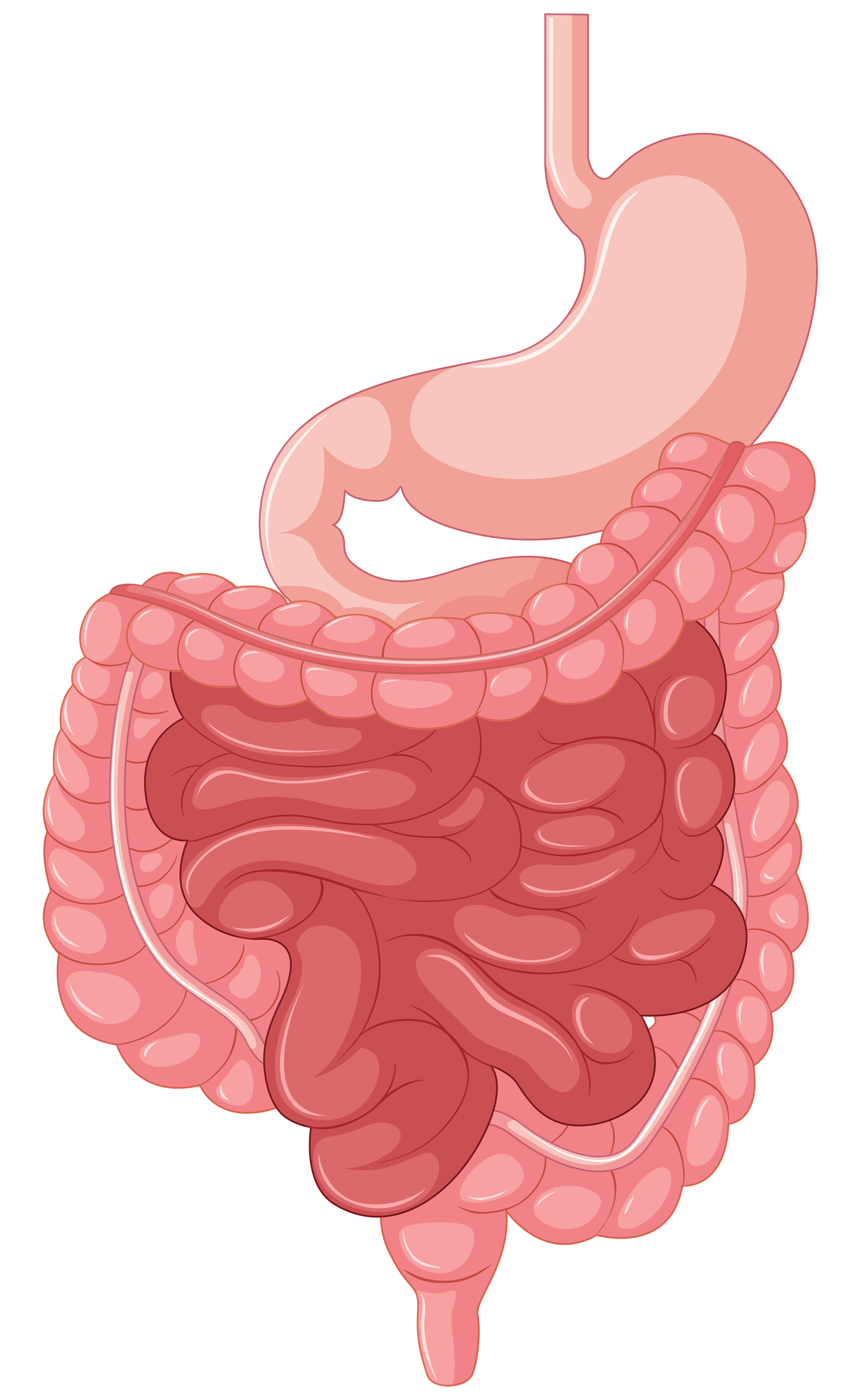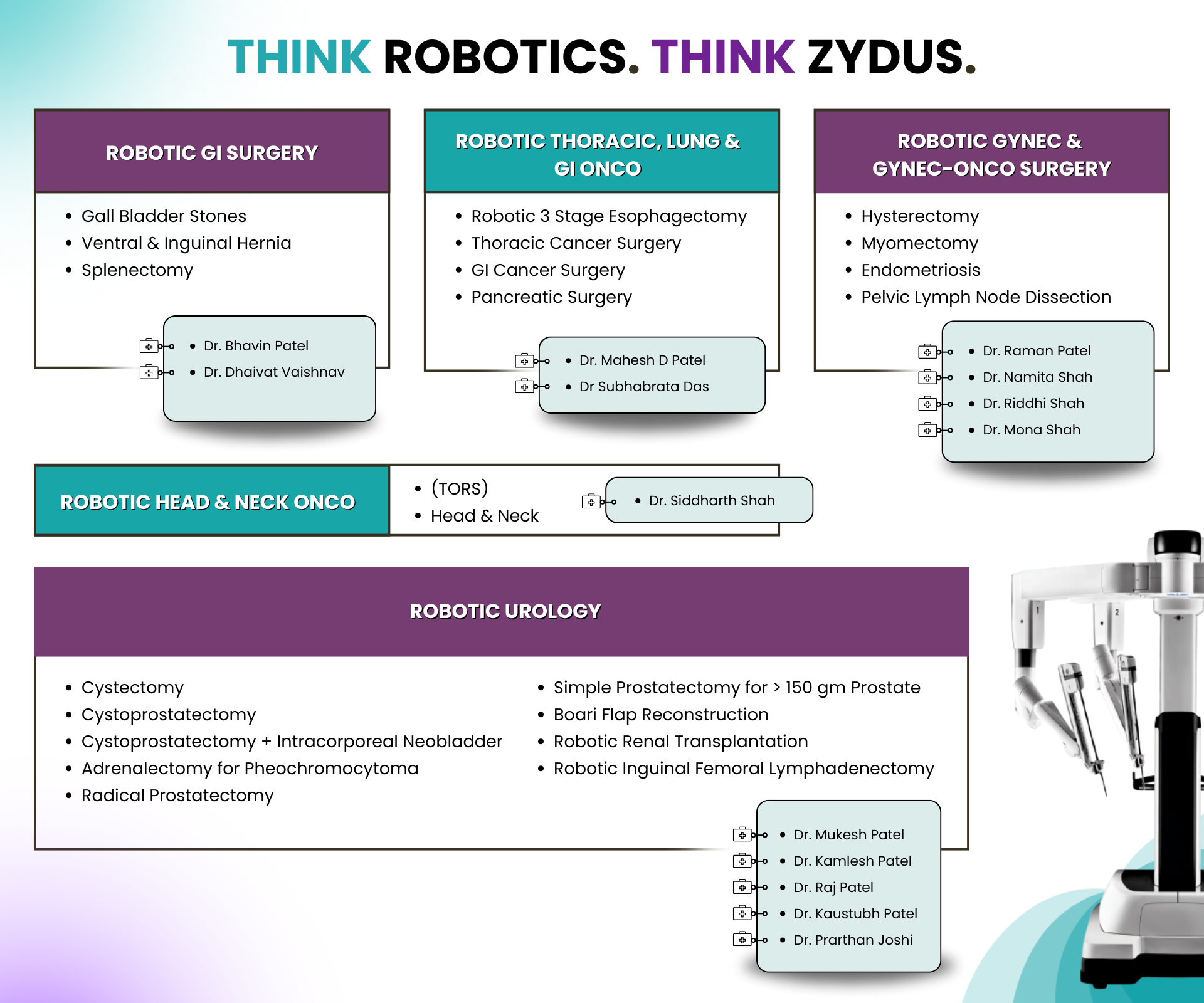
GI Cancer & Thoracic Cancer Treatment
- Medical Specialities
- Comprehensive Cancer Care
- Surgical Oncology
- GI, Lung, and Thoracic Cancers
GI, Thoracic and Lung Cancers
-
The Gastrointestinal tract is a 25-foot-long system that runs from the mouth to the anus. Sometimes, changes in the DNA of gastric cells may trigger tumor growth and these abnormal cancer cells can sometimes turn metastatic (spreading to other body parts). GI cancer includes cancers of the esophagus, gallbladder, liver, pancreas, stomach, small intestine, large intestine or colon, and rectum.
-
Are they Preventable?
-
Factors like health conditions, lifestyle, or genetics usually trigger tumor formation or abnormal cell growth. Though cancers are not preventable, emerging evidence states that healthy lifestyle changes like regular exercise, incorporating a rich plant-based diet, reducing red meat consumption, and moderating alcohol intake can significantly lower the risk of developing GI cancers.
-
Some common GI cancers include:
-
Esophageal Cancer
-
There are two main types:
-
-
Squamous cell carcinoma – More commonly affects the upper and middle part of the esophagus
-
Adenocarcinoma – Mostly affects the lower esophageal region
-

-
Recognizing Early Symptoms
-
GI cancers are common worldwide, and early detection improves treatment, though it is often difficult to catch it in the early stages.
-
Tumors smaller in size may cause some difficulties for patients as they commonly experience difficulty swallowing solid foods. As it grows in size, the width of the esophagus starts narrowing causing difficulty in swallowing liquids in addition to repeated episodes of indigestion, heartburn, vomiting, choking, and in rare cases, blood in sputum.
-
Early Detection
-
Some tests, such as endoscopy, biopsies, CT scans, and PET, can help identify tumors or their spreading to other organs.
-
If you notice any symptoms, don’t hesitate to reach out for expert medical advice.
-
Stomach Cancer (Gastric Cancer)
-
The stomach is a key in linking the esophagus to the small intestine. Once food reaches the stomach, its muscles contract in a process called peristalsis, mixing and breaking down the food. Stomach cancer can arise in any part of the stomach and may spread to other organs such as the small intestine, lymph nodes, liver, pancreas, and colon.
-
Recognizing Early Symptoms
-
In the early stages, stomach cancer often presents no symptoms. It’s frequently diagnosed after spreading as common such as abdominal pain/ discomfort, nausea, vomiting, fatigue/weakness, unintentional weight loss, and early satiety (feeling full after eating small amounts), and vomiting blood/blood in stools, can be easily mistaken for gastric disturbances or stomach ulcer.
-
Risk Factors for Progression
-
The exact cause of stomach cancer is unknown, but several risk factors have been identified. People over 55 are more likely to develop it, and certain food habits have also been linked to a predisposition towards developing stomach cancer.
-
Research also suggests that the Helicobacter pylori bacteria, which causes stomach inflammation and ulcers, may also increase the risk of gastric cancer.
-
Other risk factors include a history of stomach surgery or conditions like pernicious anemia and gastric atrophy, which reduce digestive juice production.
-
If you notice any symptoms, reach out to the experts for advice.
-
Pancreatic Cancer
-
Pancreatic juices, which are excreted by the pancreas help digest food in the small intestines, and hormones, including insulin. It is located behind the stomach in the back of the abdomen.
-
Recognizing Early Symptoms
-
Early stages of pancreatic cancer usually do not have symptoms and it is therefore known as the "silent" disease.
-
As the tumor gets larger, the patient may complain of Jaundice – If the tumor blocks the bile ducts (the major bile duct passes through the pancreas), the patient may develop jaundice.
-
As the cancer grows, the patient may have pain in the abdomen which may radiate to the back. They may also suffer from nausea, decreased appetite, and unexplained weight loss.
-
Risk Factors for Progression
-
The exact cause of developing pancreatic cancer remains unknown, but research identifies several risk factors for developing cancer.
-
Smoking, alcohol consumption, a diet rich in animal fat, and chronic pancreatitis may increase the likelihood.
-
Patients with hereditary pancreatitis or family history of pancreatic cancer, along with certain genetic conditions also elevate the risk of normal cells undergoing mutation.
-
If you notice any symptoms, consult a specialist at once.
-
Early Detection of GI Cancers
-
Screening/Diagnosis
-
When the doctor suspects cancer, several tests are done to confirm the diagnosis:
-
- Endoscopy or esophagogastroduodenoscopy (EGD) is used to examine the esophagus, stomach, and small intestine for tumors.
- Colonoscopy checks for polyps in the colon and rectum, which have the potential to become cancerous.
- Blood tests can identify abnormal changes that may indicate cancer.
- Imaging techniques, such as MRI, X-ray, ultrasound, CT, or PET scans, are used to spot abnormal tissue in the digestive tract.
- Biopsy is used to take a sample of suspicious tissue, often during an endoscopy, to check for cancer cells.
-
How are GI cancers treated?
-
The treatment modalities shift based on the stage in which the cancer is detected in the patient. Some common treatments include chemotherapy, radiation, or targeted therapies may be employed.
-
Some types of GI cancers are treated with targeted therapies, which focus on specific cancer cell components, or immunotherapy, which boosts the body’s immune response to the cancer.
-
When the tumor is in a difficult location or removing it would severely impact digestive function and other treatments.
-
Surgical treatment involves removing both the tumor and some surrounding tissue.
-
For late-stage gastrointestinal cancers that cannot be cured, treatment focuses on symptom management and improving quality of life.



